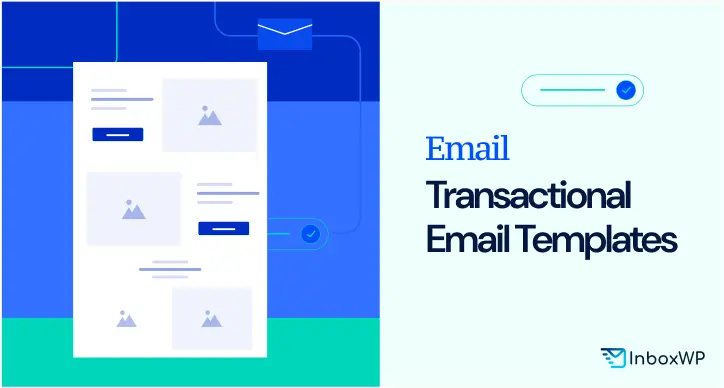Transactional emails have become crucial in the fast-paced world of digital communication. They provide essential data in response to a user activity, as opposed to marketing emails, which are intended for promotion.
However, creating these emails involves more than just sending a receipt or confirmation. User trust, engagement, and brand loyalty can all be greatly impacted by well-designed transactional emails.
In this pose, we’ll explore what makes a great transactional email, along with the features you should have. Also, we’ll introduce you to some of the top transactional email templates available at present.
What Is Transactional Email?
Transactional emails are automated messages you send to someone whose action triggered the email. These are non-promotional emails. They just continue the conversation from a particular point.
Some common examples include:
- Password reset emails
- Order confirmations
- Shipping notifications
- Sign-up / welcome emails
- Payment receipts
- Two Factor Authentication Codes
The purpose of a transactional email is purely functional, but that doesn’t mean it should be boring. Indeed, a well-designed transactional template can help to bolster your brand and provide users with a memorable experience.
One thing to keep in mind is that transactional emails are anticipated. When a user does something, they should get an instant reaction. So delays or bad transactional email design can cause frustration, mistrust, and may even result in losing your customers. Learn how to maximize email deliverability.
What Makes a Transactional Email Truly Great?

Transactional emails might seem simple. But the difference between a good one and a forgettable one comes down to execution. There are several preconditions to ensure that your messages drive action effectively. They are:
1. Crystal-Clear Messaging (No Fluff, No Confusion)
People open transactional emails to get important info. So, make sure the message you are delivering is devoid of fluffy texts.
- Good: “Your order #1234 has shipped—track it here.”
- Bad: “We’re excited to let you know that your recent purchase is now on its way to you!” (Too wordy. Just tell me where my package is.)
2. A Touch of Personalization (Because Robots Are Cold)
While transactional emails are automated, they shouldn’t be expressed like this. So, those emails should not feel automated to the readers.
- Use the recipient’s name.
- Reference their specific order or action.
- Example: “John, your new sneakers just left our warehouse—get ready to hit the ground running.”
Explore the best email spam checker tools.
3. Unmistakable Branding (So It Doesn’t Look Like Spam)
If your email appears generic, recipients are more likely to overlook it. This could lead them to classify it as junk or spam, resulting in your important message going unnoticed. To increase the chances of engagement, it’s essential to personalize your emails and make them more relevant to your audience.
Must-haves:
- Your logo (top of the email)
- Brand colors and fonts
- A consistent tone (friendly, professional, or quirky—whatever fits your brand)
4. Mobile-Friendly Design (Because Nobody Reads on Desktops Anymore)
More than half of all emails are opened on mobile devices, highlighting the critical importance of mobile optimization in email marketing strategies. This trend underscores a fundamental shift in how people engage with digital content, as smartphones and tablets have increasingly become the preferred devices for accessing emails.
If your email appears broken or poorly formatted on mobile, you are not only likely to lose the interest of your audience but also fail to meet their expectations.
Test:
- Are buttons big enough to tap?
- Does text resize properly?
- Do images load quickly?
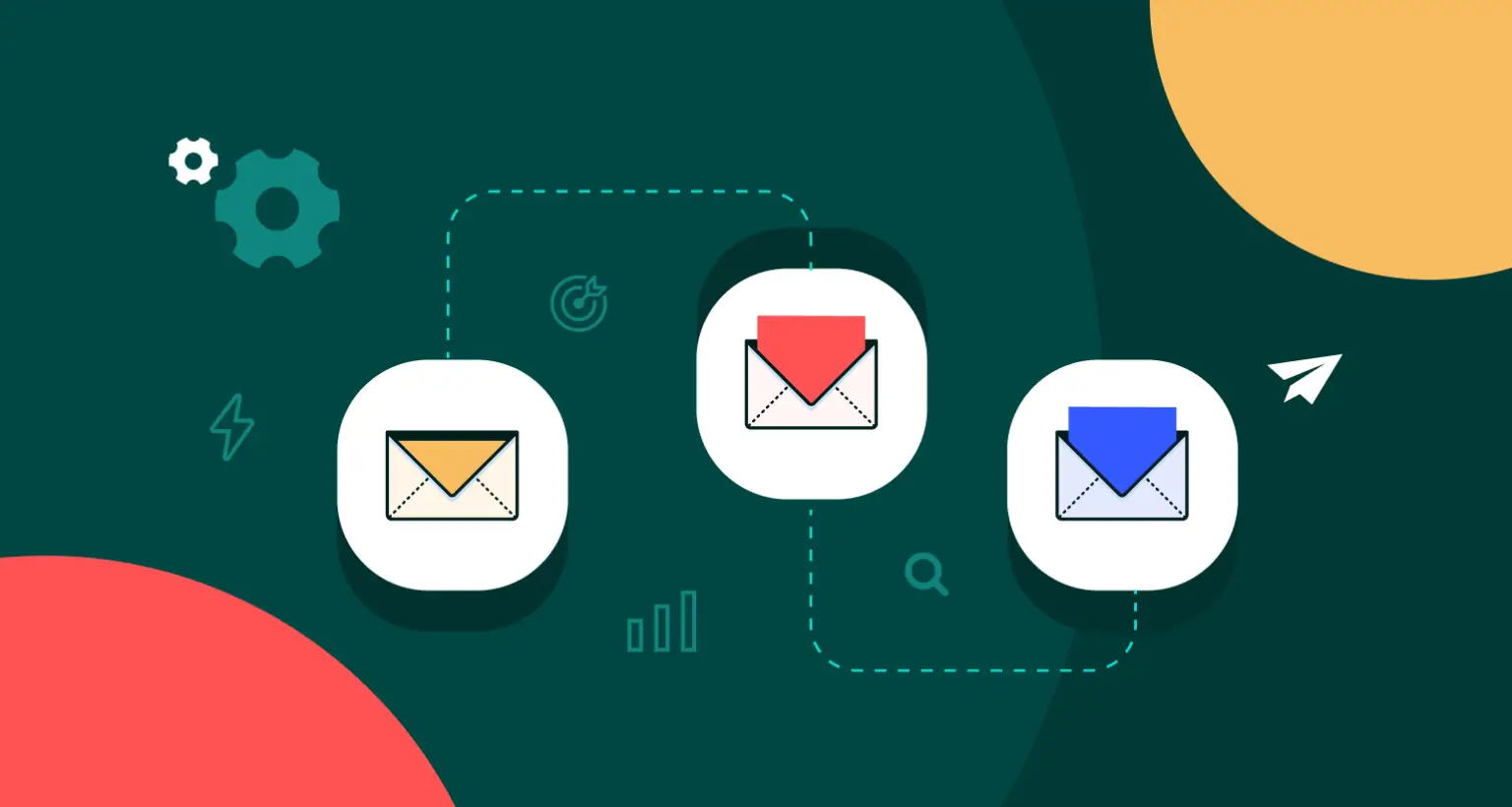
5. One Clear Call-to-Action (Don’t Make Them Think)
Every transactional email should clearly present one obvious next step for the recipient to take. By providing a single, clear action point, you make it easier for recipients to understand what is expected of them, reducing any potential confusion. Whether it’s confirming an order, resetting a password, or downloading a receipt, a well-defined next step can significantly enhance the user experience.
- Password reset? “Click here to create a new password.”
- Order confirmation? “Track your package here.”
- Invoice? “Download your receipt.”
Check this guide on how to fix bounce-back emails.
6. Legal Fine Print (Because Nobody Wants a Lawsuit)
In a legal fine print, you should include the following key elements to ensure clarity and protect all parties involved:
- Your company’s physical address
- A link to your privacy policy
- An unsubscribe option (if there’s any promotional content)
Why This Matters
A well-crafted transactional email does more than just deliver info—it reinforces trust, reduces customer service headaches, and even boosts sales.
Example:
- A shipping confirmation with a “You Might Also Like” section can lead to another purchase.
- A password reset email with a friendly tone can make a frustrated user feel valued.
Transactional Email Types That Build Trust and Boost Sales
The following are some of the popular and most used transactional emails that confirm actions, build trust, and can even boost sales. Let’s dive into more details.
Welcome Emails
The welcome email is your first impression with a customer. It sets the tone and tells people what kind of brand you are.
That’s why it is crucial to keep it friendly and clear. Say hello. Let them know what to expect. Show them how to get started.
You can also give them a quick win, like a free guide or a discount. People are most engaged right after they sign up, so make it count.
Think of it as your chance to say, “We’re glad you’re here. Let’s get going.”
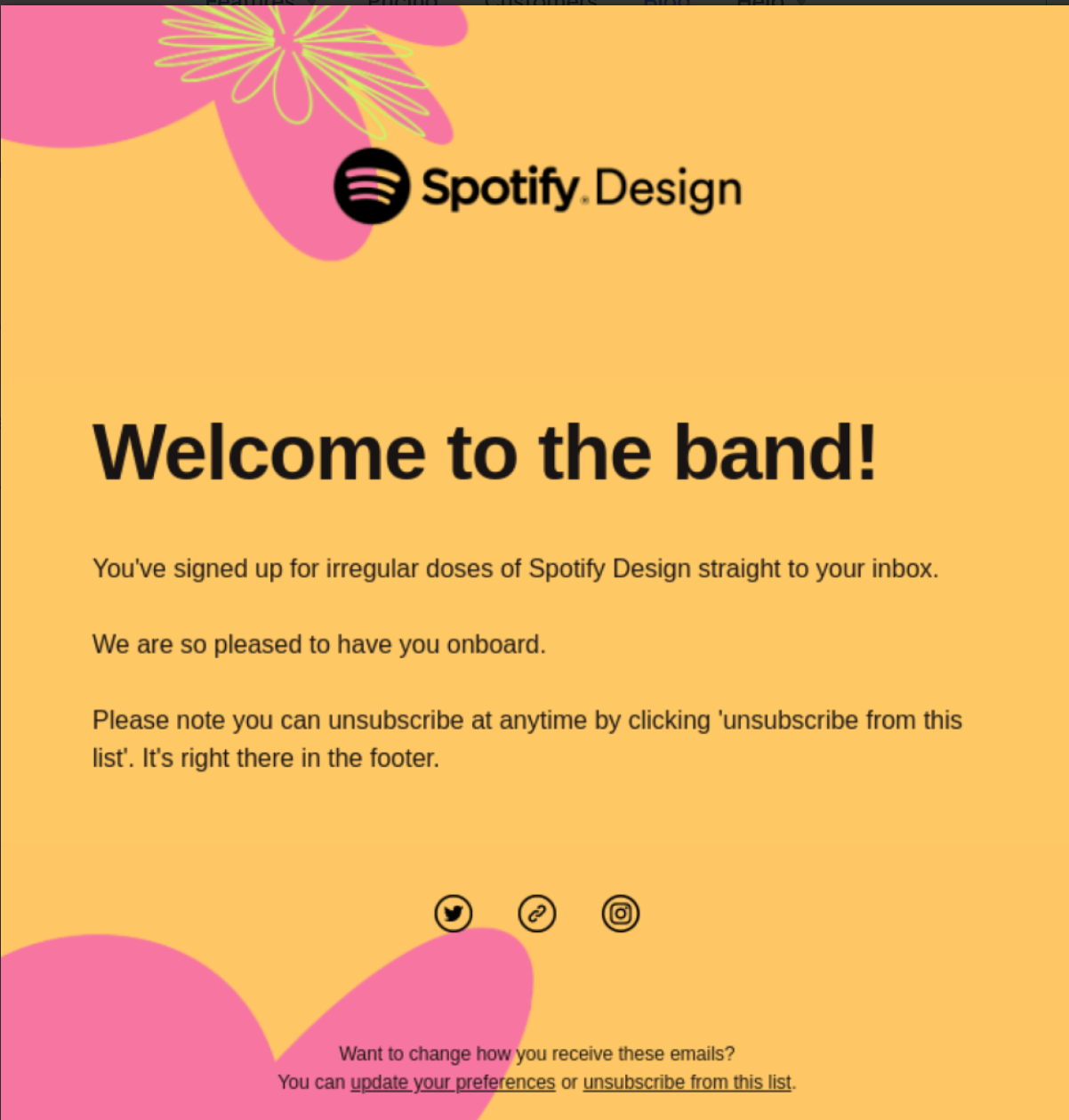
Order Confirmation
This email isn’t just a receipt. Rather, it’s reassurance.
It tells your customer, “We got your order. Everything is moving forward.”
People want to know their money didn’t vanish into thin air.
So, you should make it easy to scan and show the order number, item list, shipping address, and contact info in case they need help.
Want to go the extra mile? Add a “Track Your Order” button, or suggest something they might like next time.
That one extra line can turn a normal email into a smart sales move.
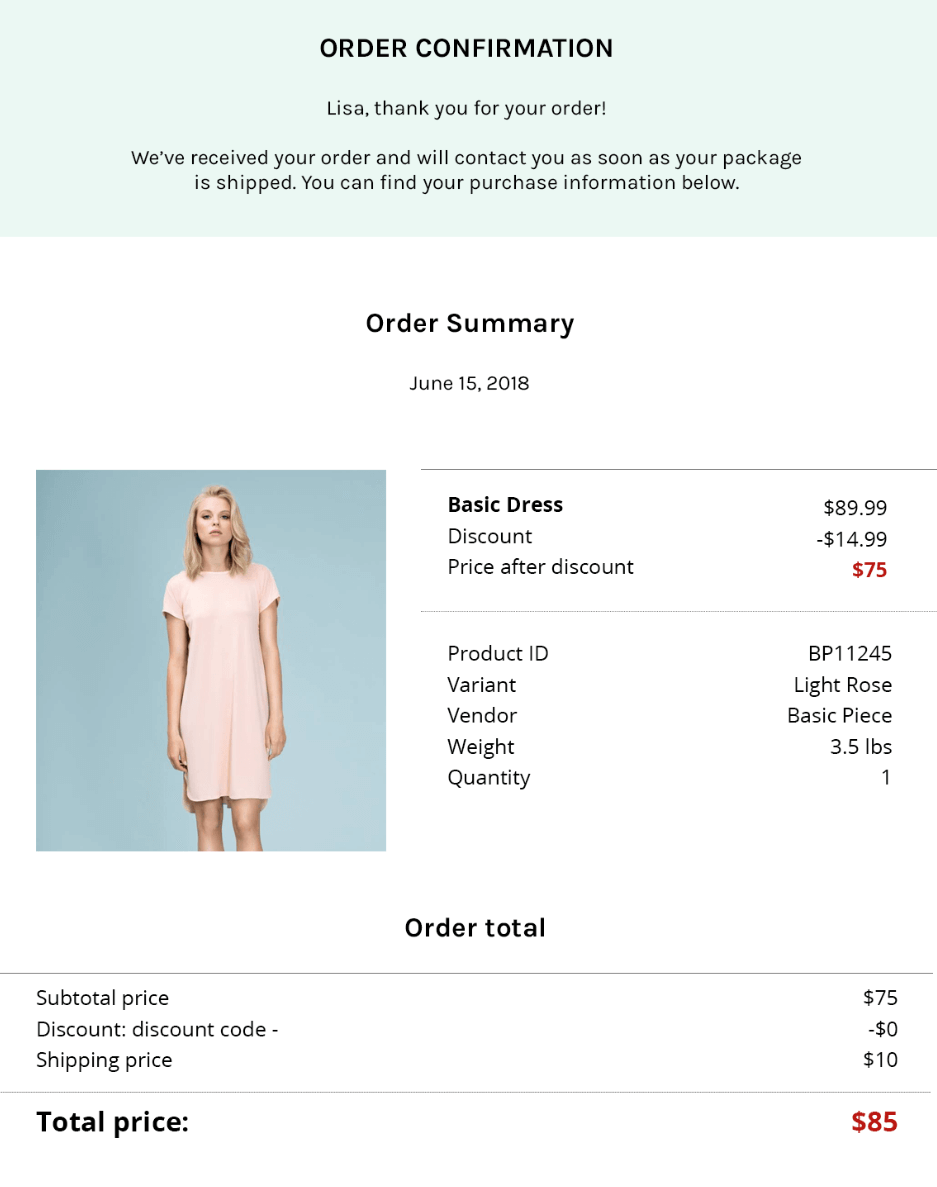
Receipts and Invoices
People expect receipts. They also want them to be simple and clear.
Use plain language and break things down: who was charged, how much, what it was for, and when.
No one wants to dig through a long email just to find a number.
You can also use this email to show a little care and say thanks for the purchase.
Ask if they need anything else or remind them how to contact support.
If you bill regularly, this is a good place to suggest adding a backup payment method, too.

Subscription Reminders
No one likes being charged without notice. A quick heads-up builds honesty and trust.
Let people know when the next payment will happen, what plan they’re on, and how to cancel or change it.
Yes, even if you don’t want them to cancel. Respect brings loyalty.
You can also use this moment to offer a better deal. A yearly plan with a discount, for example.
This kind of email makes your brand feel real and human.
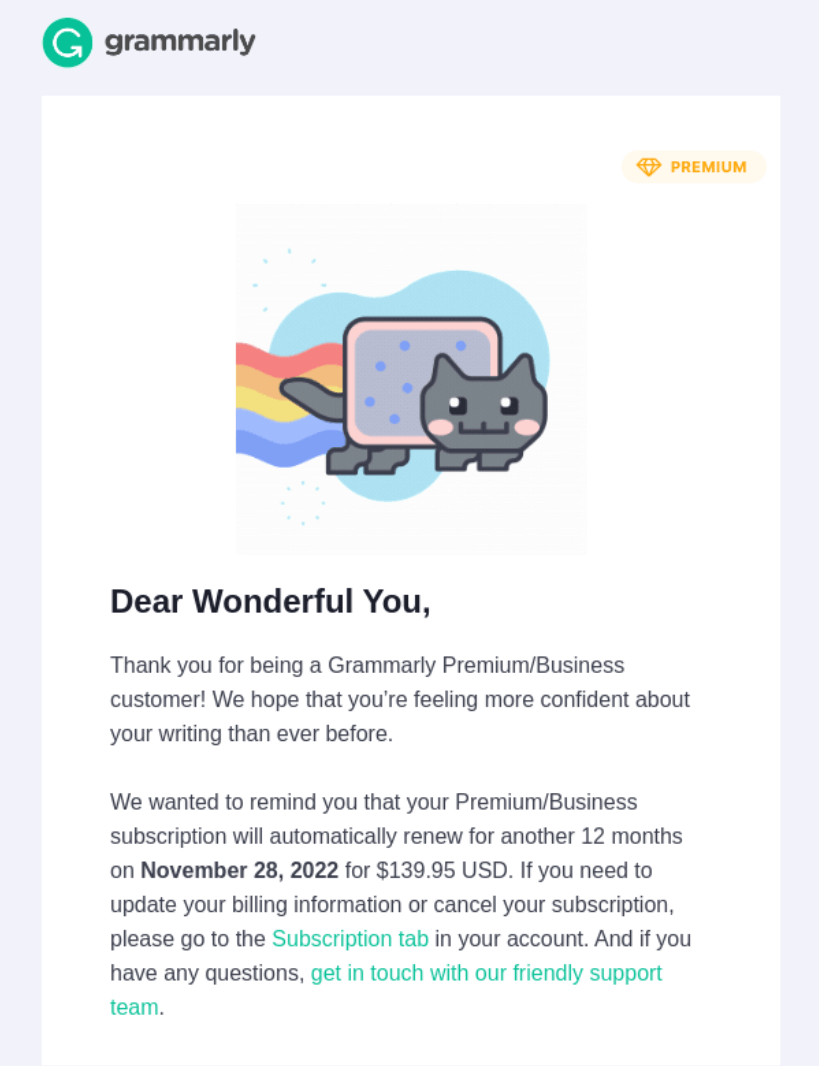
Shipping Notifications
“Where’s my stuff?”—you’ve probably heard that more than once.
That’s why a good shipping email matters. It gives people peace of mind.
Tell them what’s on the way, when to expect it, and give them a tracking link.
Also, make sure to include support contact details in case they need help.
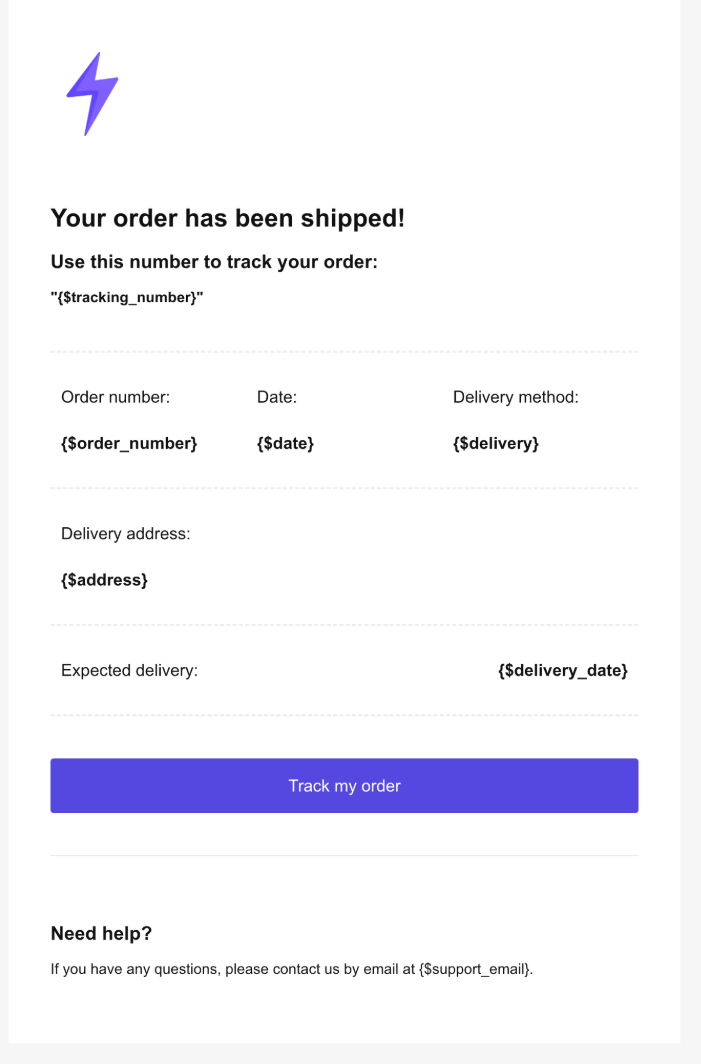
Password Reset Emails
Let’s keep this one very simple. When someone forgets their password, they’re already a bit stressed.
So, don’t clutter this email.
Say why they got the email, give them a clear “Reset Password” button, and mention what to do if they didn’t request it.
That’s it. No sales pitch. No fluff.
Your goal is to help them log in again, fast and without confusion.
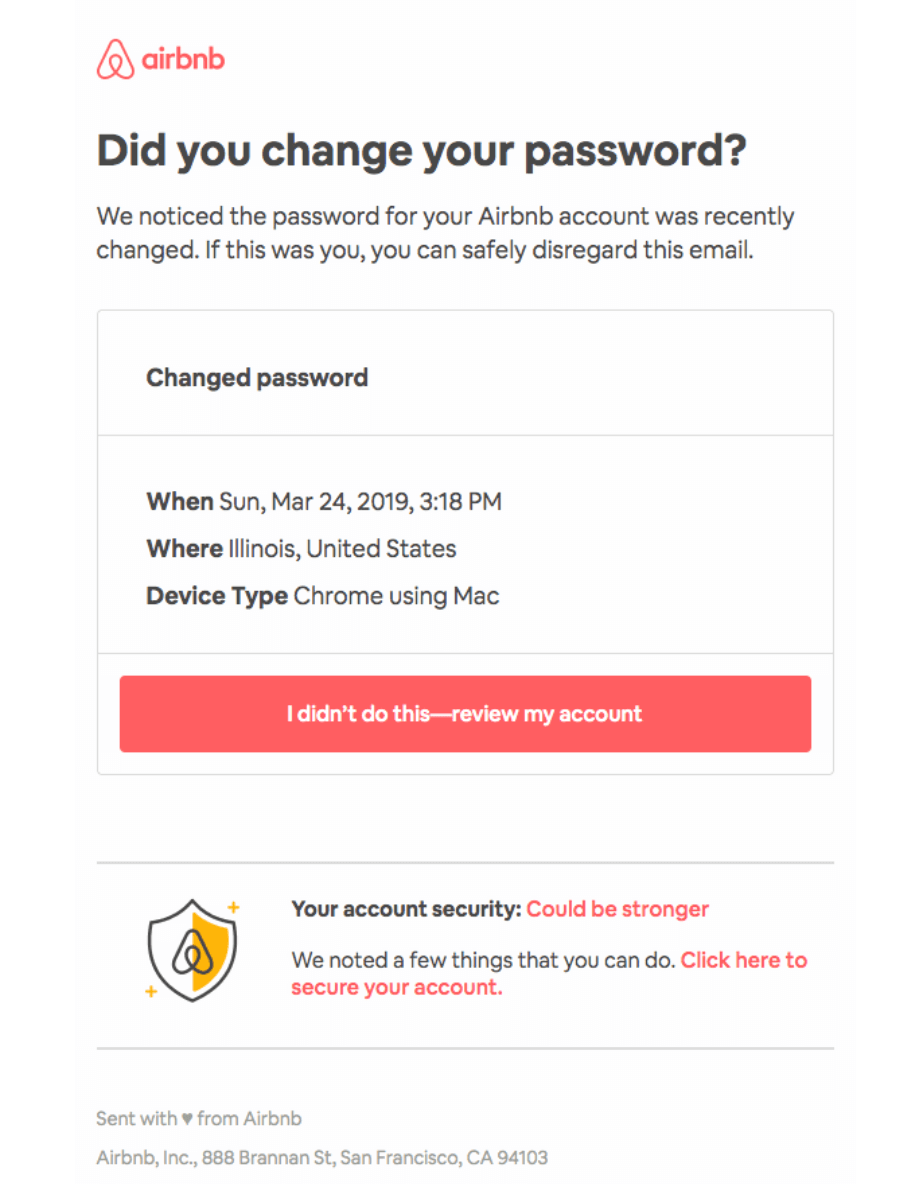
Feedback Requests
Want to get better? Ask for feedback.
But do it at the right time. Like after someone makes a purchase, uses your service, or cancels something.
Keep it short. Ask one or two questions. Make it easy to respond.
You can offer a small reward—like a coupon or gift card. Or just say thanks for helping you improve.
Customers appreciate being heard. And their input can shape your next great move.
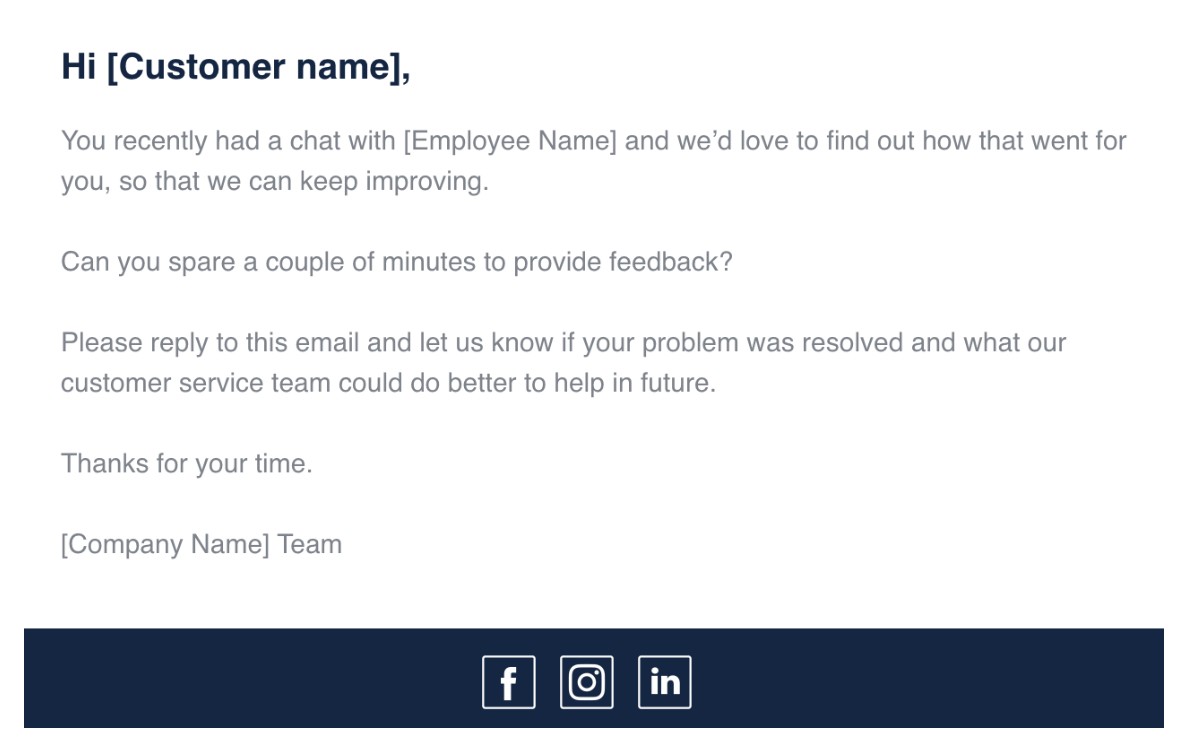
Abandoned Cart Emails
People leave carts. It’s normal. But that doesn’t mean you have to give up.
Send a reminder a few hours or a day later, show what they left behind, and add a button that takes them straight back.
You can also share a deal or discount if it fits your brand. Or let them know stock is running low.
These emails bring people back and often lead to more sales than any ad can.
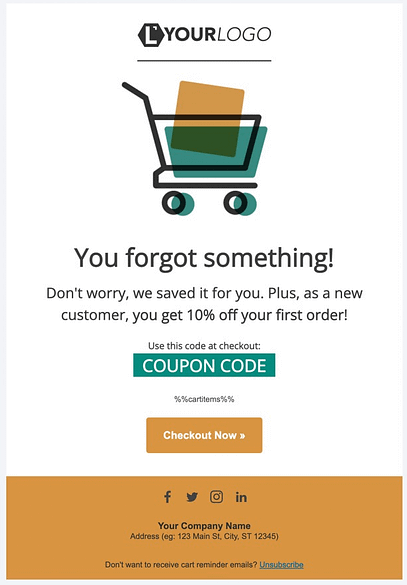
Booking Confirmation
Booked an appointment? Good. Now help your customer feel ready.
A good confirmation email should list the date, time, and location. Also, add contact details in case they need help or want to reschedule.
Want to be extra helpful? Add a calendar link. Or give them tips to prepare.
It’s not just about confirming—it’s about making them feel taken care of.
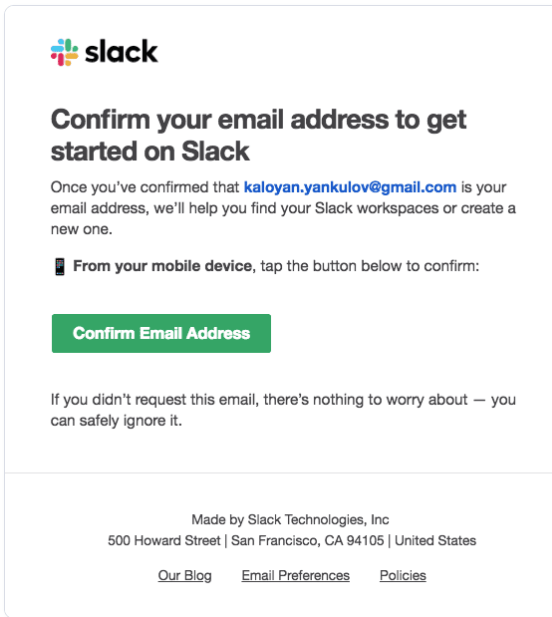
Frequently Asked Questions
In this section, we have covered answers to a few questions regarding today’s topic.
Question 01: How personal should transactional emails really be?
Transactional emails should strike a careful balance between professionalism and a personal touch. Although they serve a functional purpose, adding just the right amount of personalization can transform a dry notification into a meaningful customer touchpoint.
Question 02: What’s the biggest mistake companies make with transactional emails?
Most businesses treat transactional emails as purely functional afterthoughts instead of relationship-building opportunities. Therefore, they focus only on delivering the bare minimum information without considering how to enhance the customer experience. This, in turn, misses the chance to reinforce brand personality, build trust, and even drive additional engagement.
Question 03: Do transactional emails really need branding?
Branded transactional emails perform multiple crucial functions apart from delivering information. They reassure customers that the message is legitimate. Plus, they reinforce your brand identity with every interaction and create a cohesive experience across all touchpoints.
Question 04: What’s the ideal length for a transactional email?
Transactional emails should be as long as necessary. But, at the same time the length should be considered and they should be as short as possible. The content should follow an inverted pyramid structure, which means critical information first (order numbers, tracking links), then supporting details, with optional extras at the bottom.
Question 05: How often should we update our transactional email templates?
Treat your transactional emails like any other customer-facing content. They should evolve with your brand and customer expectations. An ideal strategy is to review them quarterly, with more substantial redesigns annually.
Question 06: Can transactional emails help with customer retention?
If you leverage them properly, transactional emails can be one of your most powerful retention tools. A well-crafted transactional email can turn a routine notification into an opportunity to strengthen the relationship, encourage repeat purchases, or gather valuable feedback.
Final Thoughts: The Hidden Power of Transactional Emails
Transactional emails are one of those rare opportunities in business where doing something well requires relatively little extra effort but delivers large results. These messages work quietly in the background. While they are often overlooked in marketing strategies, they touch customers at some of the most important moments in their journey with your brand.
Although promotional emails fight for attention in crowded inboxes, transactional messages get opened because customers need the information they contain. The best ones do more than just give info—they make your customers feel cared for, show professionalism, and remind them why they chose your brand.
